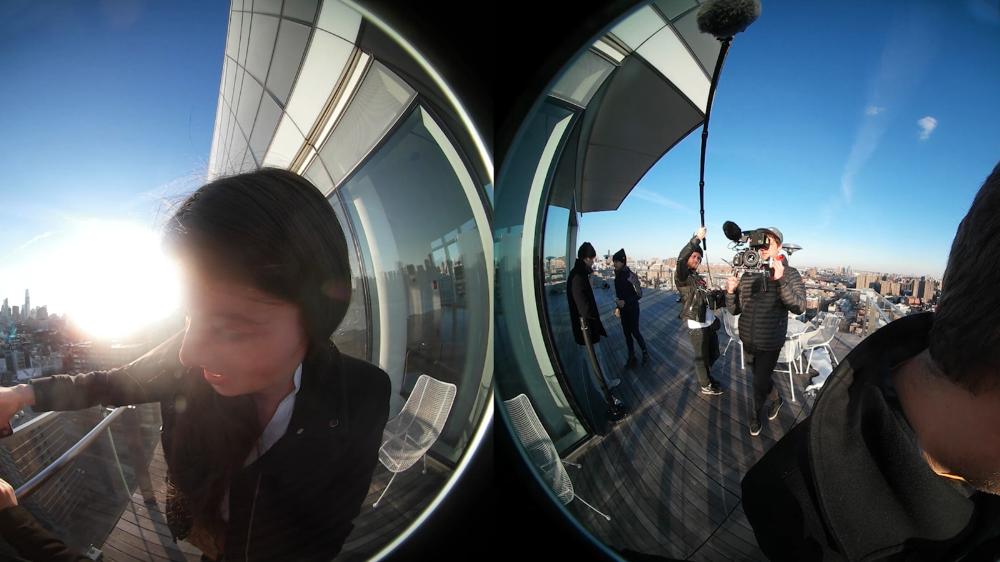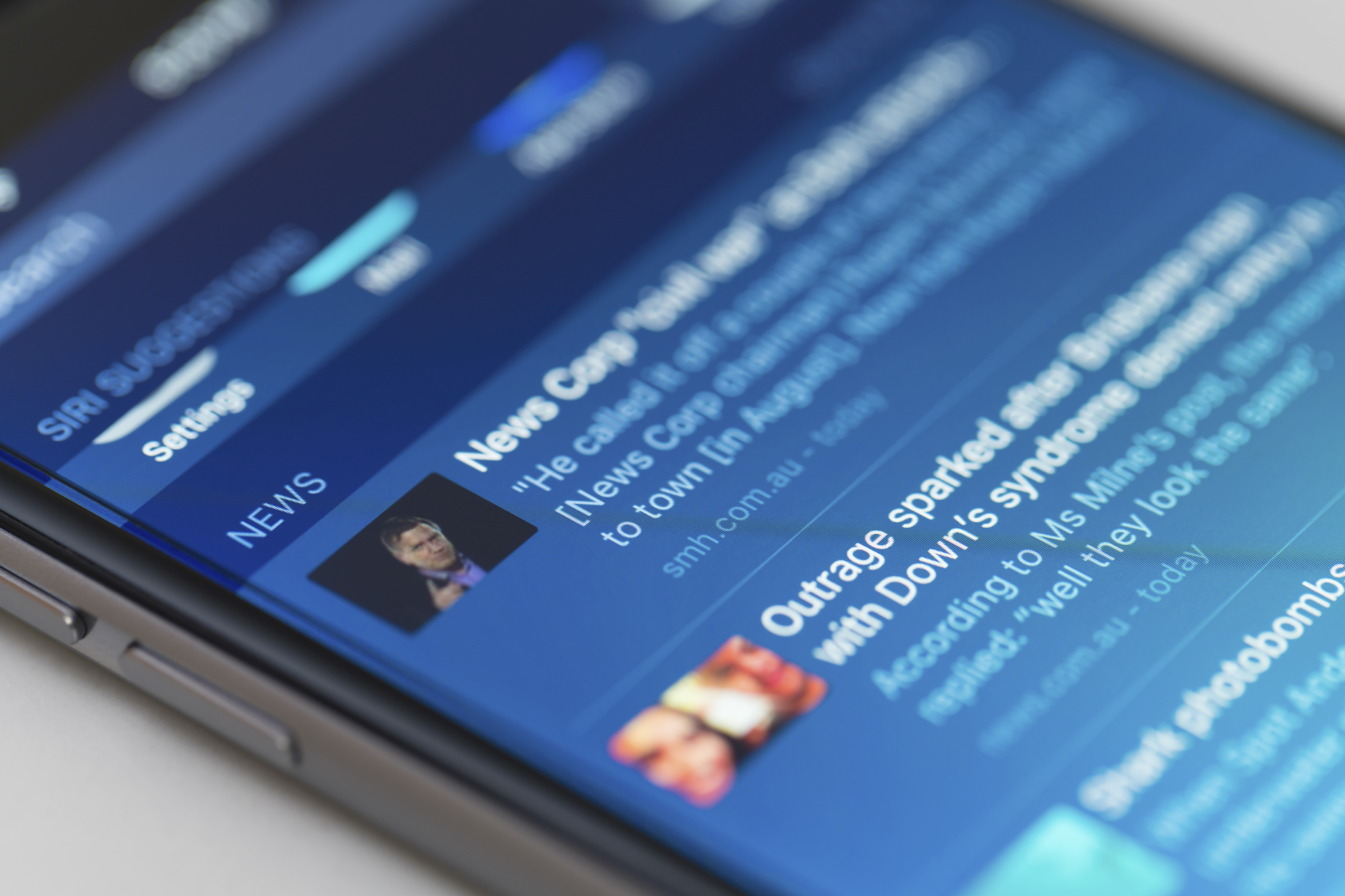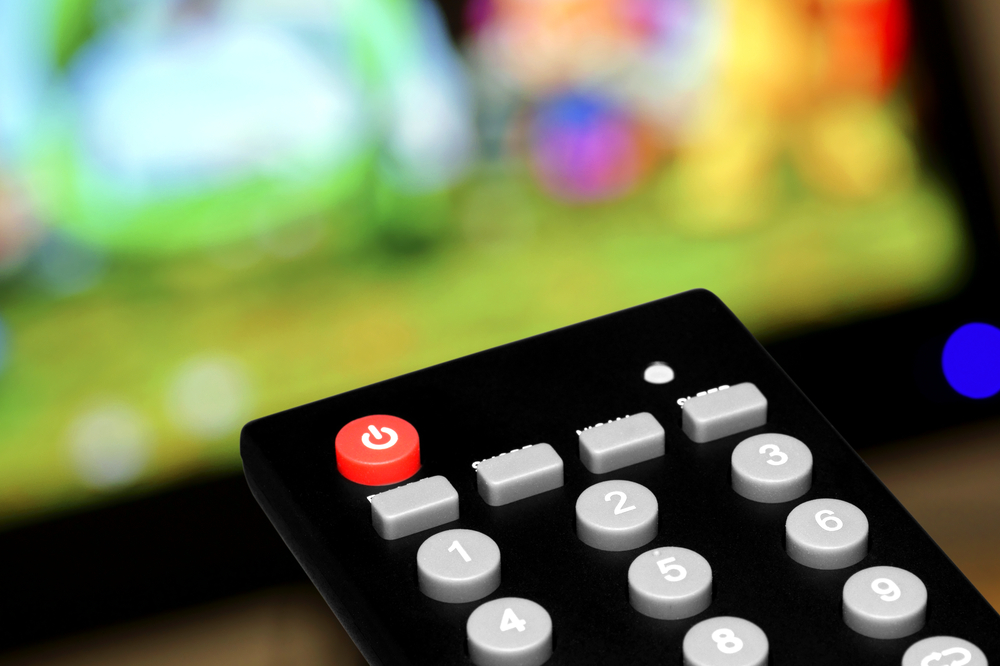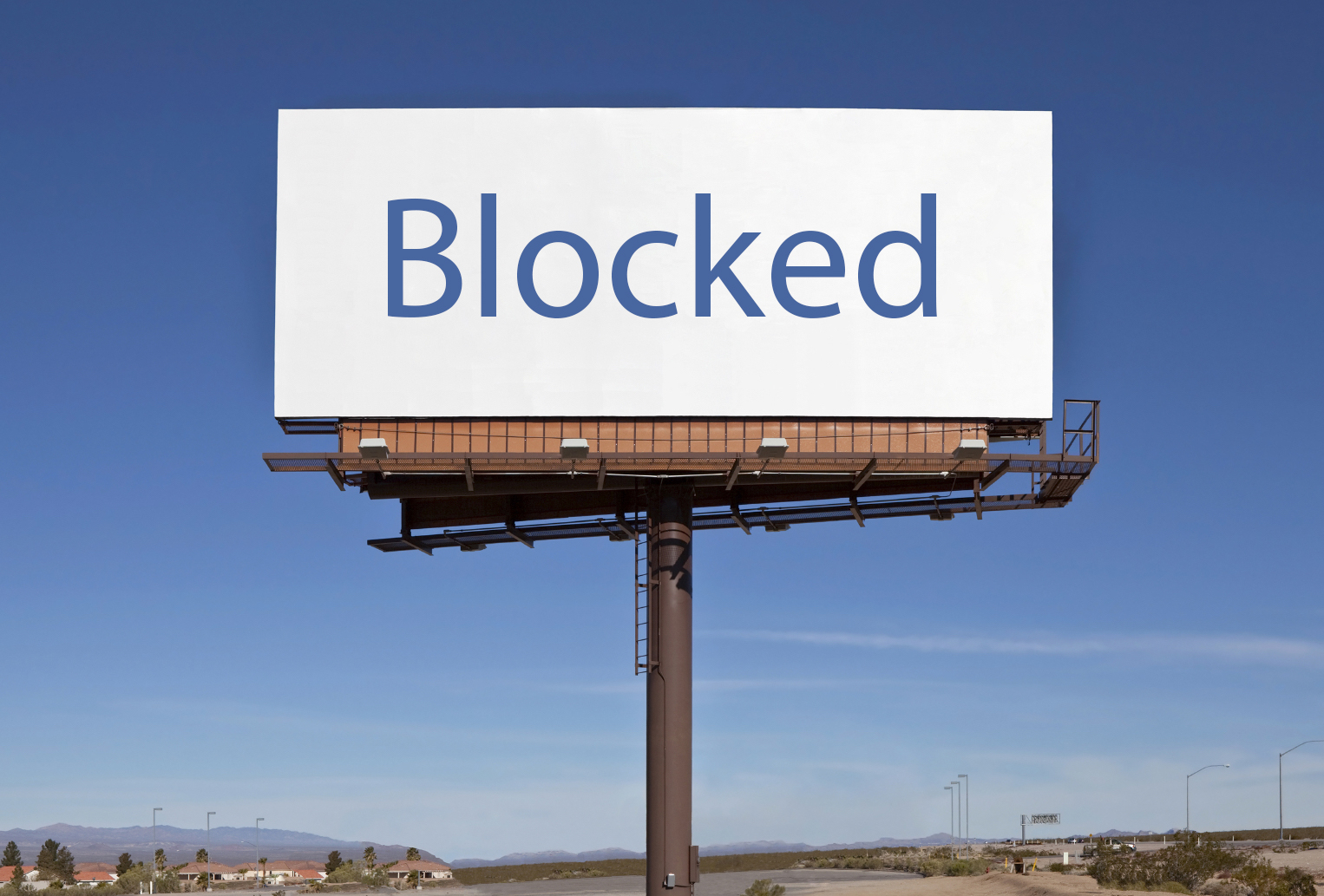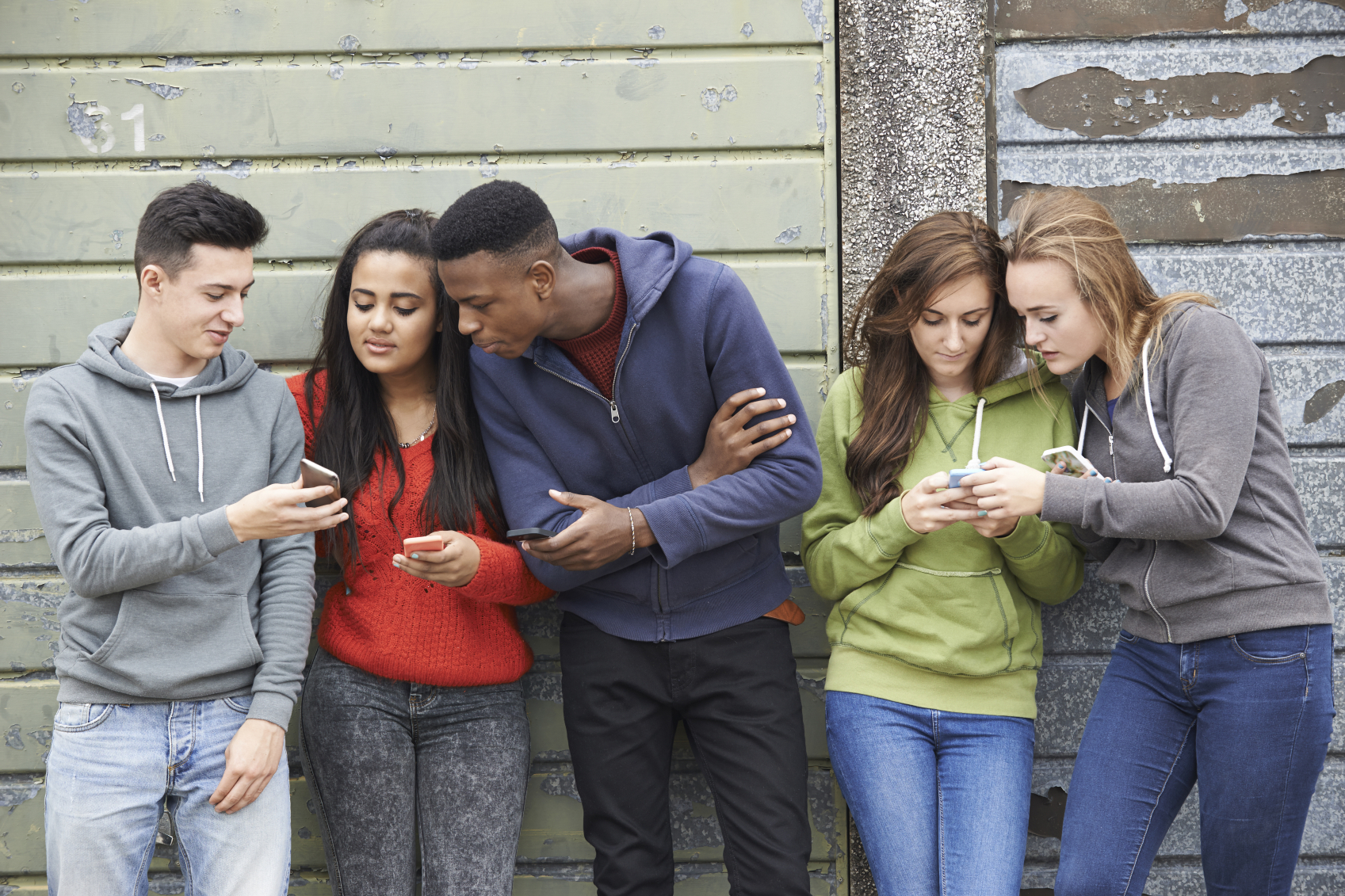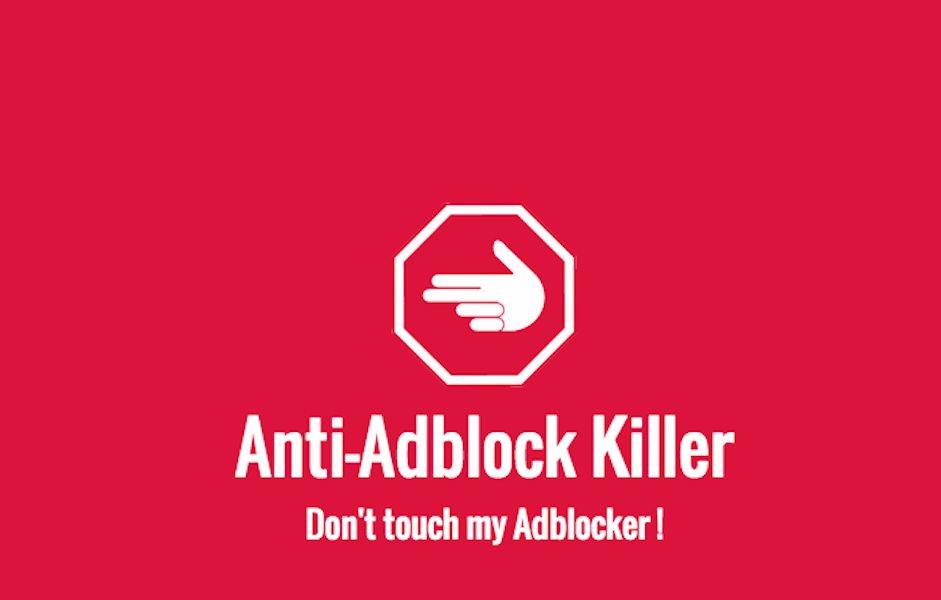What Happened
If you get your news from Facebook, you are about to see a lot more brand-sponsored content. On Friday, Facebook announced it is loosening its rules on branded content, allowing publishers to post branded content in all formats, including video, as long as media companies and marketers go through a simple verification process. Previously, publishers were technically prohibited from posting advertorial content as organic posts on Facebook unless they are part of a paid ad placement, despite some publishers’ attempts to sneak them through.
The announcement comes at a time when publishers are increasingly turning to branded content to supplement ad revenues. For example, earlier this week, The Economist started pitching brand advertisers sponsored mini-documentaries as a new ad unit for brands to attach themselves to the social and environmental causes they care about.
What Brands Need To Do
Facebook recently reported that 83% of the ads running on its Audience Network are now native ads. We expect more to pop up now that Facebook has opened the gates for branded content. With consumers continuing to shun away from traditional ads, it is important for brands and media owners to try engaging with their audience in new ways, such as branded content and native ads.
For more information on how brands should leverage interesting branded content to earn consumer eyeballs, check out the Ad Avoidance section of our Outlook 2016.
For more updates on Facebook, Remember to check back next week to read our in-depth take on Facebook’s annual F8 developer conference.
Source: WSj

